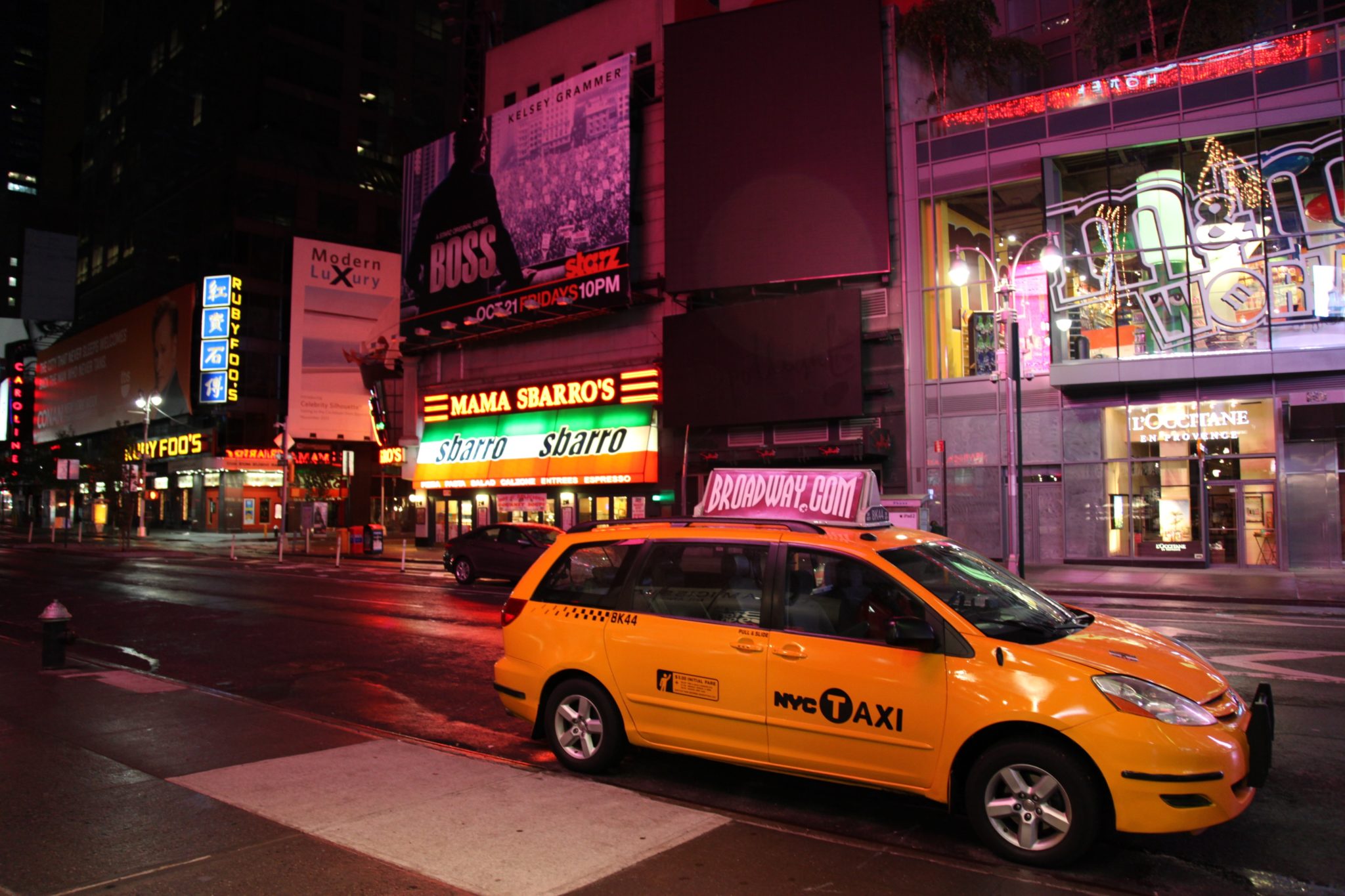If the next goal of your retail construction business is to build a shopping center at a strategic location, the first key step is to find the right site where it’s economically, geographically and environmentally viable to build a shopping mall.
The planning and construction of a shopping center are way different from that of local markets or of store clusters. The selection of land itself is a lengthy process, from shortlisting possible locations to getting government approvals to begin construction. The location, the scale of the project and the size of the shopping mall are key determinants in the site selection process.
Moreover, when a developer chooses a site for a shopping mall, it must be a place that will receive high footfall, will have ample parking space, should be convenient to visit and should house the brands that can pull traffic. A shopping center is, therefore, a full package that doesn’t just offer products that people would like to purchase, but also an ambiance that will make the experience comfortable, hassle-free and weatherproof for visitors. If you’re an investor, developer or builder scouting locations to build a new shopping center, here are a few key factors that should guide your decision.
Base your decision on stringent selection criteria :
Building a new shopping center is a big investment and should get you maximum ROI in record time. However, reality often differs widely from projections made during the planning phase. Therefore, site selection for a shopping mall must be done after taking into account several key parameters such as accessibility, availability of local transport, road infrastructure around the location, traffic around the site, size and construction-readiness of the site, and scope of expansion.
Other key factors that should drive your site selection research are the topography of the area, the shape of the land, and survey-backed data regarding potential footfall and present and future competition.
Lastly, the catchment area should be studied in-depth to understand the demographics and spending habits of the population expected to be your future customers.
Be prepared to face the challenges in site selection :
Sometimes, finding a site for a new retail project takes only a few weeks, and at other times the process may stretch into months. The key challenges faced by builders and developers in finding an ideal location include land acquisition cost (land near the city center or in prime locations tends to be way more expensive than in other areas); availability of land for commercial projects near densely populated areas; getting the required environmental clearances and government approvals; and, lastly, the public infrastructure around the site.
A site that meets only some of these selection challenges may not be worth pursuing, as the success of a shopping center will depend on the footfall it attracts, which itself depends on several factors. So shopping plaza location should be finalized only if it will give its investors and retailers a handsome return on investment.
Use technology to find the best sites :
The most successful global retail chains rely on technology to help them find suitable locations for opening new stores worldwide. Using massive amounts of big data and cutting-edge mapping systems, companies are using technology to find profitable sites across the world. Expansion and investment decisions are increasingly being taken based on location- and demographics-based data provided by specialty software programs and applications.
If so far you’ve relied on physical research to scout locations for retail projects along with limited use of technology, it’s time to go all out into the fantastic realm of big data and digital mapping software to build your next retail success story.
Contact a digital map provider, such as promap.co.uk to get a detailed map of the town or district or street you’ve shortlisted as an ideal site for your next retail construction project. The various types of digital mapping services available with Promap offer invaluable and in-depth information that is employed by developers and architects for site identification, risk analysis, feasibility, planning application, and environmental and geological analysis of a location before proceeding to the planning and design phases.
Lastly, market research is a key aspect of retail construction as it helps developers derive accurate projections in terms of present and long-term viability of the project. Once the site is selected, a detailed demand/supply study must be carried out, taking into account the lifestyle and spending power of the catchment area. This will help you determine which retail businesses are more likely to drive traffic to the shopping center.
Read Also :






















